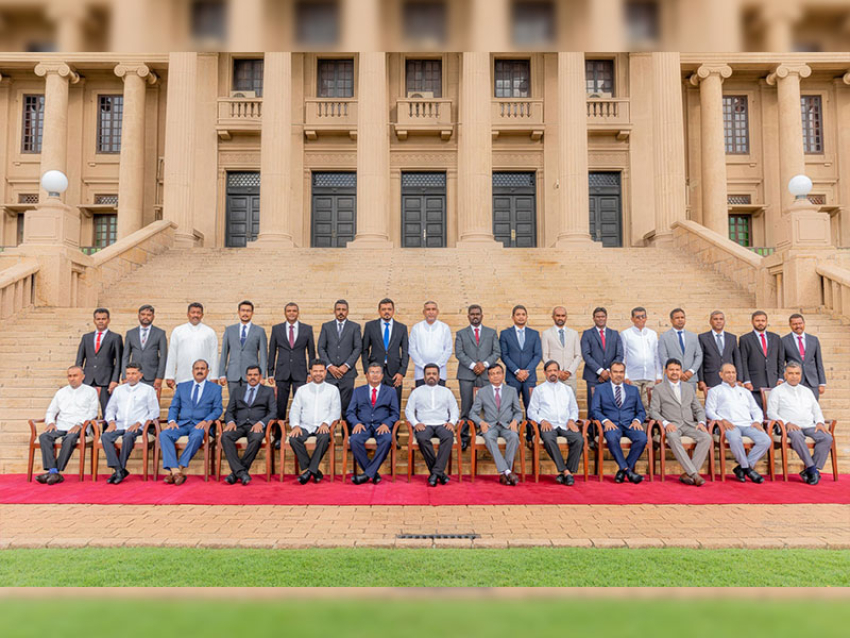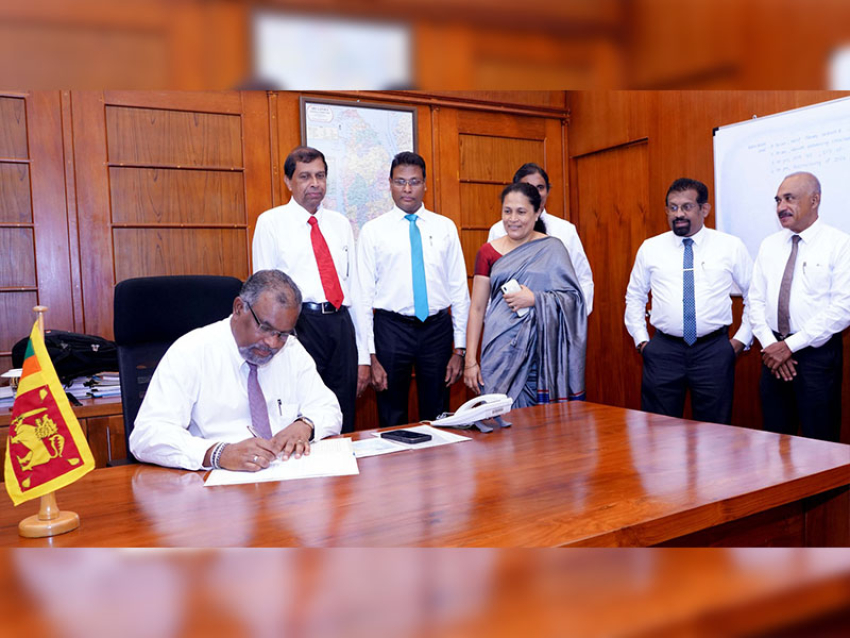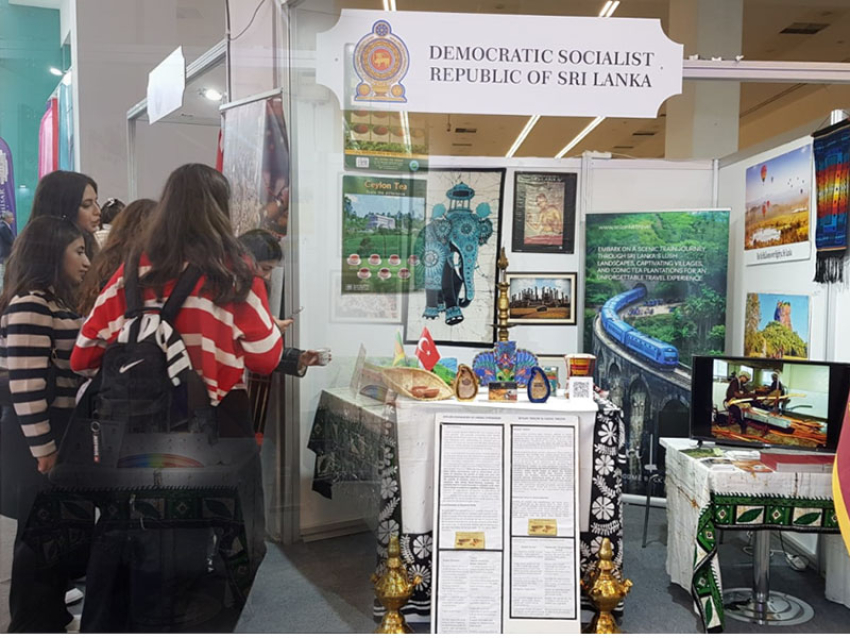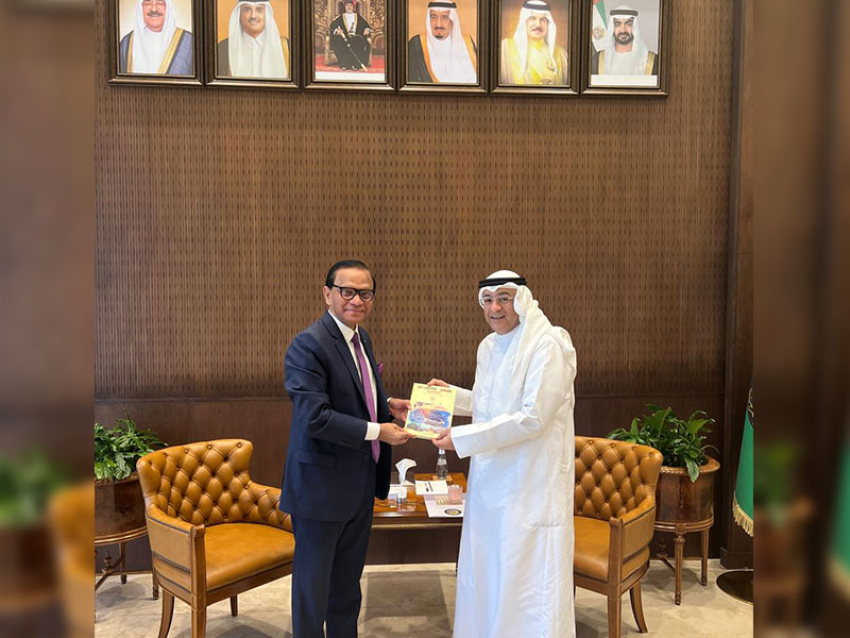A notable growth in tourist arrivals and continuous net foreign inflows to the stock exchange amidst a significant widening of the trade deficit characterised the external sector performance in February 2018, the Central Bank said in its latest report.
A surge in gold imports was the primary driver behind the fastest increase in overall merchandise imports in nearly 3 1/2 years, resulting in a further widening of the trade deficit in February 2018. Continuing the growth momentum observed in January 2018, earnings from tourism increased significantly in February 2018. However, workers’ remittances declined in February 2018 following a growth in January.
The financial account of the balance of payments (BOP) recorded a net inflow of foreign investments to the stock exchange, helping to counterbalance a net outflow in the government securities market in February 2018. The BOP was further strengthened by the successful issuance of two international sovereign bonds in April 2018 which augmented gross official reserves to an estimated $ 9.9 billion by end-April 2018, the highest level recorded so far. Meanwhile, the Sri Lankan rupee depreciated by 3.2% against the US dollar during the year up to 11 May 2018.
The deficit in the trade account continued to expand in February 2018. The significant gold-led increase in expenditure on imports outpaced the moderate growth in export earnings. The resultant impact was the trade deficit exceeding $ 1 billion for the third consecutive month.
In February 2018, earnings on merchandise exports recorded a moderate growth, reflecting the impact of a low base for comparison in February 2017 when earnings contracted. In nominal terms, export earnings in February 2018 amounted to $ 916 million. This meant a break in the recent momentum in merchandise exports, which recorded double-digit growth rates on a year-on-year basis for seven consecutive months. However, all major export sectors recorded some expansion, particularly driven by industrial exports. Under industrial exports, petroleum products increased substantially driven by the export of bunker and aviation fuel.
Due to increased demand, export volumes of bunker and aviation fuel increased by 46%, while average prices grew by 16%. Despite the reduction of garment exports to the US by 3.8%, earnings from garments exported to the EU increased by 10.6% while earnings from non-traditional markets such as India, Japan, Hong Kong and Australia rose by 1.5%. However, earnings from machinery and mechanical appliances declined due to lower exports of electrical machinery and equipment while leather, travel goods and footwear declined owing to lower exports of footwear.
In the context of agricultural exports, earnings on tea exports increased in February 2018 due to higher prices, although volume exported shrank by 3.1%. However, coconut exports declined due to the drop in exports of coconut kernel products. This came despite a significant year-on-year growth of earnings from non-kernel products recorded as a result of higher coconut fibre exports.
Export earnings on rubber and spices also declined during the month. Meanwhile, mineral exports contributed to the growth in exports in February 2018. The leading markets for merchandise exports of Sri Lanka in February 2018 were the US, the UK, India, Germany and Italy accounting for about 51% of total exports.
In February 2018, expenditure on imports recorded the highest year-on-year growth rate since October 2014. In nominal terms, import expenditure in February 2018 amounted to $ 1,978 million. This substantial increase in import expenditure was partly attributable to the relatively lower base recorded in February 2017. All major categories have contributed to the increase in expenditure on imports with intermediate goods and consumer goods being the key contributors. Under intermediate goods, expenditure on gold imports continued to increase recording the highest ever monthly gold imports in February 2018. Considering the possible illicit arbitrage of the tariff differential between India and Sri Lanka on gold imports, custom duty of 15% was imposed on gold imports with effect from 18 April 2018. Gold imports therefore are expected to decline in the coming months. Import expenditure on textiles and textile articles also rose due to the increased importation of fabrics and yarn. However, this increase in textiles and textile articles is expected to facilitate higher export of textiles and garments in the coming months.
Expenditure on wheat and maize imports in February 2018 increased due to the combined effect of higher volumes and prices of wheat imported. However, the non-importation of crude oil due to the closure of the refinery for maintenance purposes and lower volumes of coal imports, resulted in expenditure on fuel imports declining in February 2018 although expenditure on refined petroleum imports increased.
In the consumer goods category, expenditure on personal vehicle imports in February 2018 increased more than twofold compared to the corresponding month of 2017 mainly due to higher imports of small petrol cars and hybrid vehicles.
However, import expenditure on cereals and milling industry products, driven by rice imports, declined for the first time since January 2017 with the increased availability of rice stocks in the domestic market. Meanwhile, all subsectors under investment goods increased during February 2018. China, India, Singapore, the UAE and Japan were the main import origins in February 2018, accounting for about 59% of total imports.
Net foreign inflows to the Colombo Stock Exchange (CSE) amounted to $ 18 million during February 2018, including net inflows to the primary and secondary markets. Accordingly, cumulative net inflows in the first two months of 2018 were $ 54 million. Meanwhile, the government securities market (Treasury bills and bonds) recorded a net foreign investment outflow of $ 55.6 million in February 2018, following a net inflow of $ 47.3 million in January 2018.
A substantial portion of the daily outflows from the Treasury bill and bond market occurred during the first week of February which gradually subsided in the latter part of the month. Further, long-term loans to the government recorded a net inflow of $ 108 million during February 2018.
Gross official reserves of the country increased to $ 7.9 billion at end-February 2018, equivalent to 4.4 months of imports. The monthly reserve increase was primarily due to accumulation of Asian Clearing Union (ACU) liabilities managed by the Central Bank. Total foreign assets, including foreign assets of the banking sector, also increased to $ 10.1 billion as at end-February 2018, compared to $ 10 billion at end January 2018. At the end of February 2018, total foreign assets were sufficient to cover 5.6 months of imports.




















